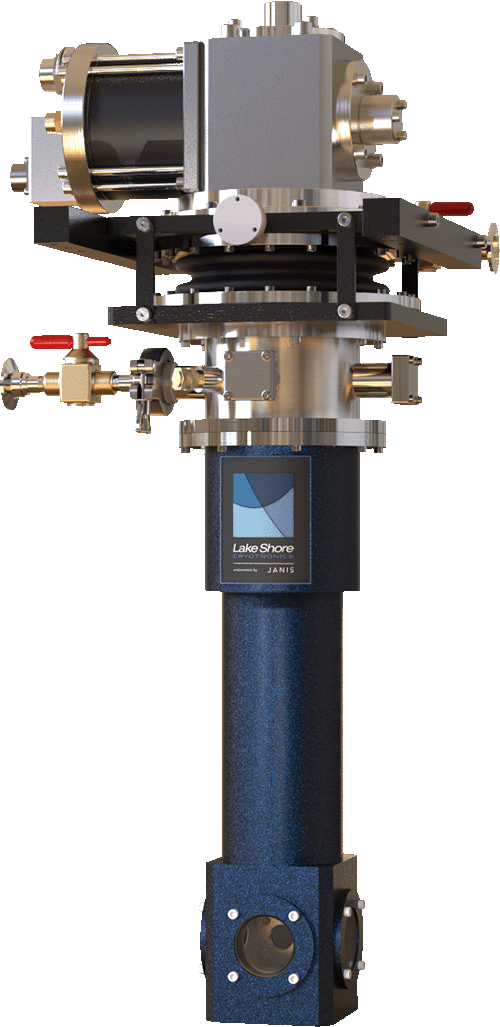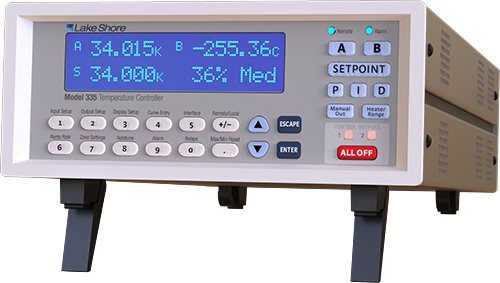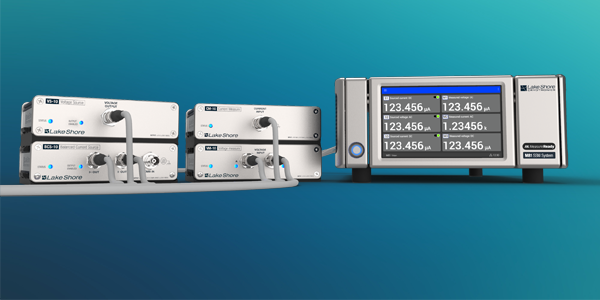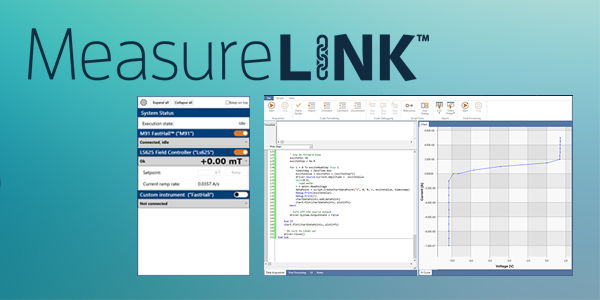CCS-XG low-vibration cryostat
These Lake Shore closed-cycle refrigerator cryostats cool the sample in vacuum and are bottom-loading. With a wide range of electrical feedthrough and window options, they are a versatile choice for making cryogenic measurements without using liquid helium.
CCS-XG datasheet
| CCS-XG | |
|---|---|
| Temperature range | <5 K to 325 K |
| Vibration | <40 nm |
Complete your system



 Every cryostat comes with a Lake Shore temperature controller and calibrated sensor
Every cryostat comes with a Lake Shore temperature controller and calibrated sensor

